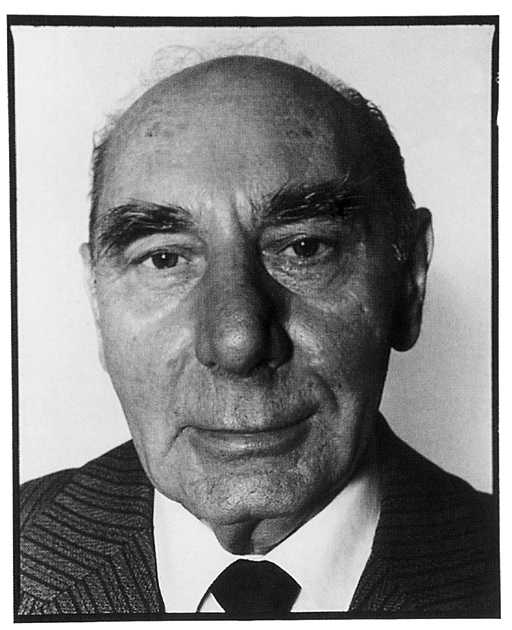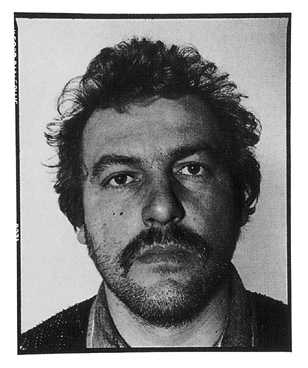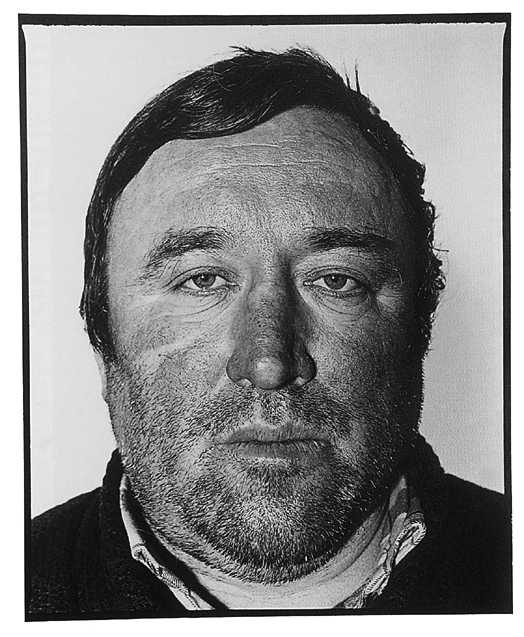Head - Non-head / Body - Non-body / City - Non-city
Young Slovak Photography
At the time when a quarter of a new decade has passed, in the development of photography the continually growing tendencies to relinquish traditional genres and use the media and approaches blurring the boundaries between photography and visual art are observed in general. These approaches reveal themselves markedly in leaving off two-dimensional enframed photograph, or even the very essence of "record by light" and the more and more frequent utilization of digital cameras. Looking back at the relatively little evaluated Slovak photographic creation since the mid-1990s until present time should bring a more erudite view of the displays of the above-mentioned phenomena, connected with the change of photographic viewing during the last ten years in our country. Reflection on the specific features of young Slovak photography through of a free choice of the works by the most distinctive authors among the graduates of VŠVU (Academy of Fine Arts and Design), VŠMU (Academy of Music and Dramatic Arts) in Bratislava and ITF (Institute for Creative Photogra-phy) in Opava (Czech republic) requires to outline a corresponding context and clarify certain developmental relations.
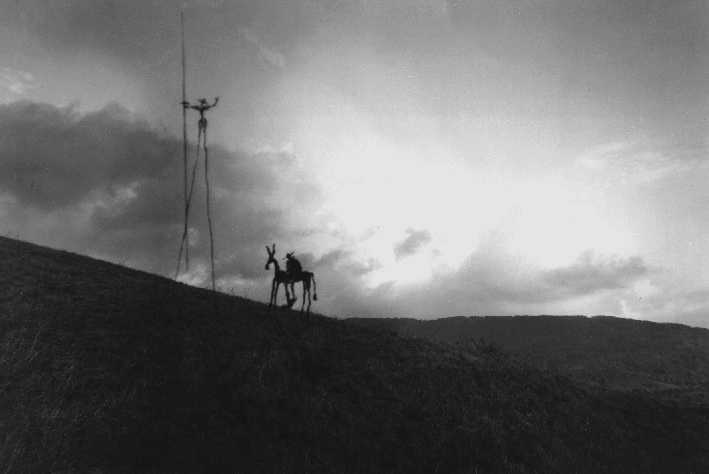
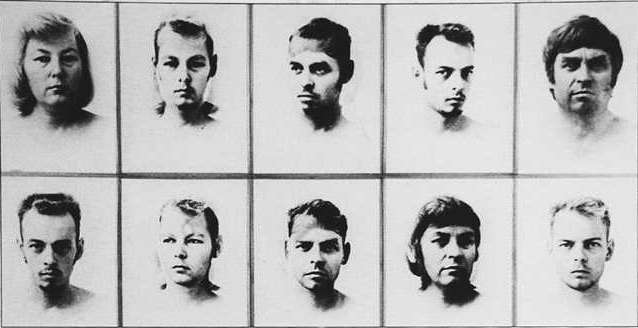
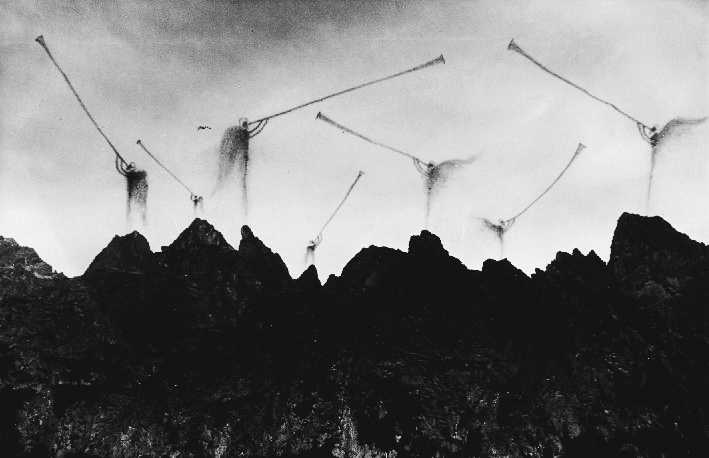
The foundation of the Section of Photography at the Department of Applied Arts at the VŠVU in 1990, which three years later was transformed into the Department of Visual Media, was obviously one of the most important boundaries in the history of modern Slovak photography. It meant not only the opportunity for the study of photography in Slovakia and the end to the dependence on the hospitality of foreign academies (especially FAMU in Prague) but it also created an artistic centre for the cultural exchange at home and in the world (see Imago 15/2003). The very fact that this originated in the academy of visual arts and not a film academy (as in the case of the Prague Academy FAMU) confirmed the present and in a way predetermined the future trends of development of photography in Slovakia. Unlike the brisk reporting look at a moment, that is the principle of "finding and immediately adopting" (so typical for example of the outstanding Czech documentarist school), for Slovak photography is typical rather the principle of thought in photography, "commenting and adapting" the world, be it in the form of imaginative contemplation or an analytical scientific examination of the laws of the world. Instead of turning to the real world, Slovak photography was distinguished by the development of artistic and conceptual principles of creating one's own, alternative world.
The fact that none of the major artists of the 1990s specializing in documentary photography started from the "workshop" of the Department of Visual Media of VŠVU, seems to confirm what was said above, namely that a strong documentary tradition is absent and so is that structure of perception of reality that would make this form of art possible in Slovakia in a major way and to a greater extent. A much more important role in the development of the Slovak document was played by two other schools. First, the Czech ITF at the Silesian University in Opava, the graduate of which is also Lucia Nimcová. This representative of the subjective line of the document is, who creates what at first sight appears to be a random, unfocussed colour image of the diary character, distinguished by playful adjustment - an inseparable part of her work. In Nimcová's distinctively feminine perception from reality is extracted its dreamlike part, which at the same time is presented as the only possible one. One of the youngest and yet most talented representatives of the Slovak document is Martin Kollár (portfolio in Imago 13/2002), who came to photography via his study of the camera at the VŠMU. His specific photographic viewing is distinguished by an extraordinary sense of colours and disciplined composition of the image, with the use of multiple levels and layers of meaning. The moments sought by him are not "events" but are not without importance either. They are distinguished by some irony in the visualization of the hidden phenomena of Slovak city and country-side.
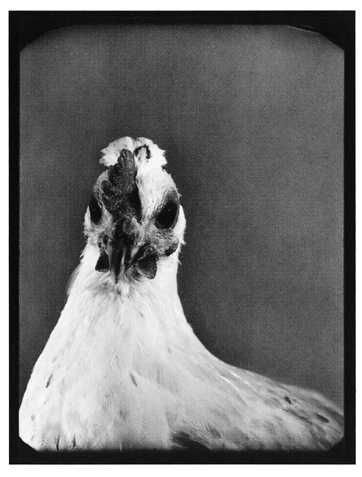
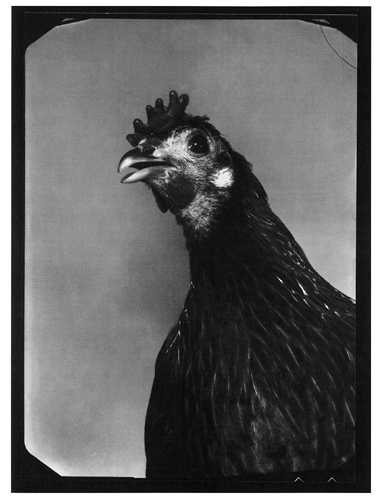
If the first half of the mid-1990s in the visual photography was proceeding under the sign of a non-committal play with the body, often with emphasis on its erotic-existential meaning in the creative work of "the Slovak New Wave" studying during the 1980s at FAMU- (Tono Stano, Rudo Prekop, Vasil Stanko, Kamil Varga, Miro Švolík, Peter Župník, Pavel Pecha, Jano Pavlík, Jozef Sedlák), the second half of the decade is already characterized by the coming of a new generation, and, it can be said, by new viewing in photography. An interesting solitary figure in Slovak photography of the last decade is the first graduate of the Department of Visual Media and the only one of more distinguished "inheritors" of the Slovak New Wave Robo Kočan, graduated in 1996 (portfolio in Imago 6/1998). Since 1993 he has been at work on a cycle of imaginative light drawings By light to darkness, linked by the playful formal principle of luminographic interference with landscape with mythic and poetic associations in his relation to reality.
Concurrently, however, Kočan from the beginning of the 1990s developed another major line. His series of portraits representing human face as a set of independent, exchangeable elements, continue using the principle of play. His portraits, however, lack introspection and emotive self-analysis, which was present in the imaginative portraits of the 1980s which is reflected in the means used (the additive principle of collage and overlapping, when the starting point is always pure photography). This play already lacks the dreamlike character: it is a logical, combinatory play. The approach is almost scientific, like in plastic surgery and genetics, but there is also present a search for one's own identity. This new type of analytical photographic thinking, which can be generalized for the generation, is distinguished by the seeking and finding of a solution of these new problems in one's own (or a strange) face. This process logically leads to a rehabilitation of the portrait, which in the staged photography of the second half of the 1980s was suppressed in favour of the nude and the figure and light compositions.
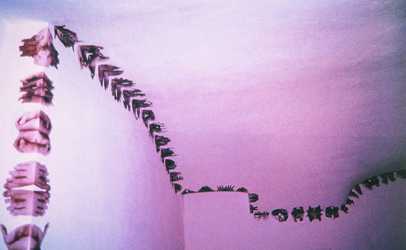
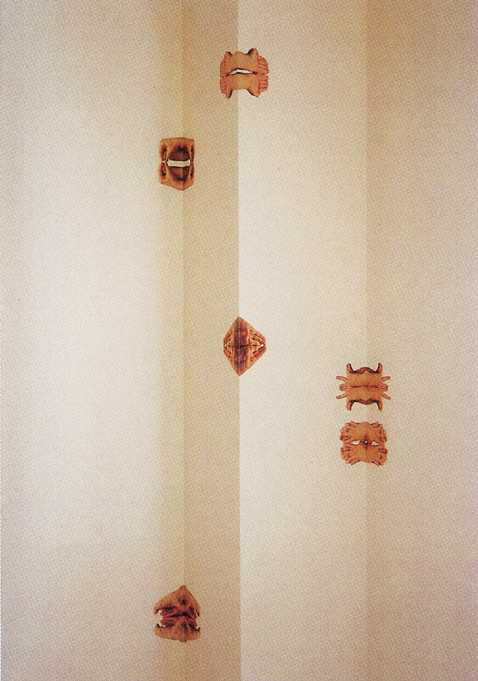
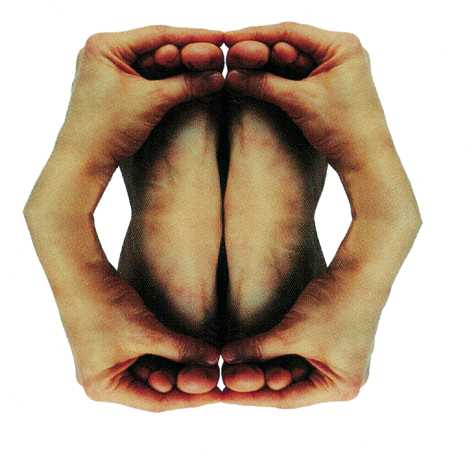
Approximately after the departure of the first graduates (1996), a free photographic group, AGAT, was born at the Department of Visual Media in the studio of Ľubo Stacho. The shared (but not unavoidable feature) was the owning and use of a small photo-camera of Russian origin AGAT, with the specific properties (automatic division of each frame of the cinefilm into two, thus resulting in a more-or-less accidental photographic diptych). The members of the group (Peter Agat Huba, Martin Agat Tiso, Tibor Agat Takáts, Tomáš Agat Błoński, Laura Agat Mešková and Dominika Agat Ličková) were without a clear programme; the stimulus for the foundation of the group was a sort of practical joke, but its activity shows that they were conscious of being one generation and sharing one outlook, influenced by the Stacho Studio, which in the long run is evident from the photographic work of these artists. The AGAT generation, which crystalized after the middle of the 1990s (that is about ten years after the arrival of the Slovak New Wave), unlike the relatively simply defined formal links of representatives SNV, is thus united by the inner principle of selection of reality and by its thorough analysis.
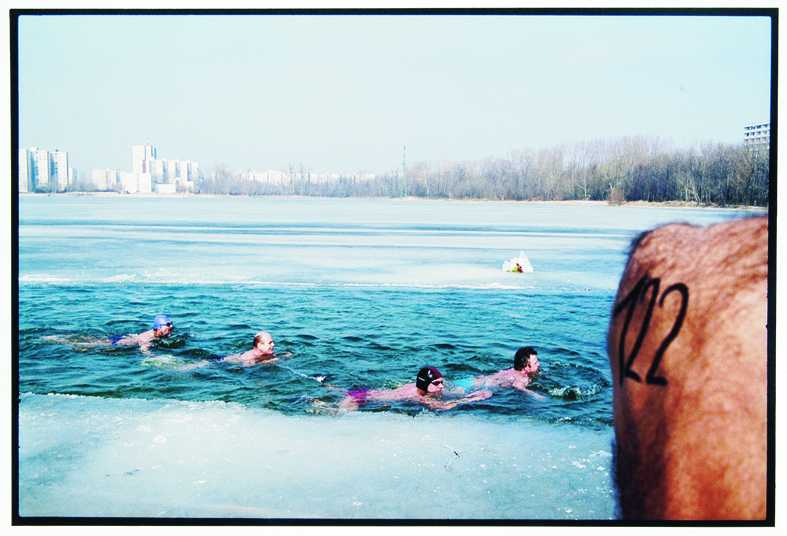
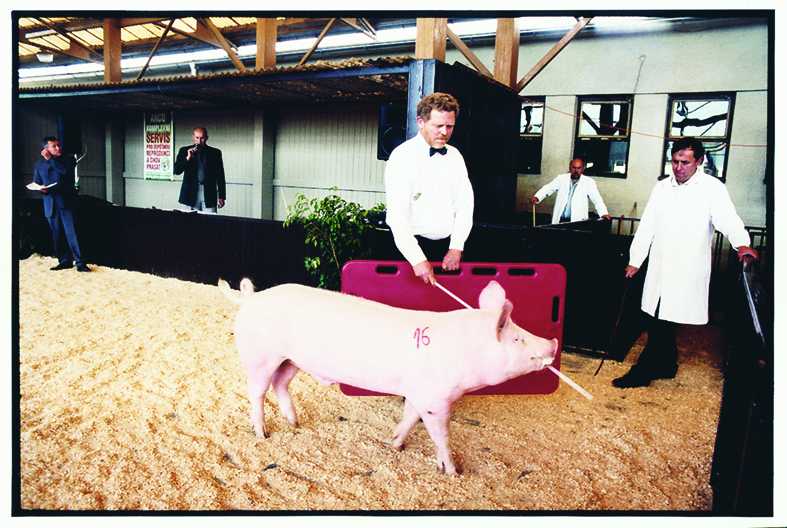
The enlarged, naturalist male faces of voters of the Slovak political movement HZDS (33 percent, 1996) by Tibor Takáts, are something like sociological sonda in which the faces are fitting samples of a social-political group, the product of a phenomenon known as "Mečiarism". The expressiveness of portraits is strengthened with an enlarged format and precise drawing, mercilessly revealing their anatomic details. Tomáš Agat Błoński in his cycle We are, 1999 (Imago 13/2002, cover), moves the examination of identity of people to animal kingdom. The approach of Błoński is seemingly only a parody of one of the most "inviolable" genres in the history of art. A closer look, however, reveals that the artist brings the thoroughness of a psychologist to his attempts to capture a particular expression, gesture or piece of mimicry, in order to create (in image as well as words) definitions of the "hen" types. The photoinstallation 3D, 1996 by Martin Tiso consists of plaster casts of the artist's face, covered, by means of photographic emulsion, with the image of face in a variety of subtle changes of expression or position (closed eyes, profile, ...). The artist breaks the surface and its image and works with each layer separately. Thus the photographic face does not always correspond to the relief of a universal mask, there arises an interesting disproportion between the haptic and the optical. By the layering of the image on a volume, three-dimensional space returned to the photograph, which had reduced reality to a surface.
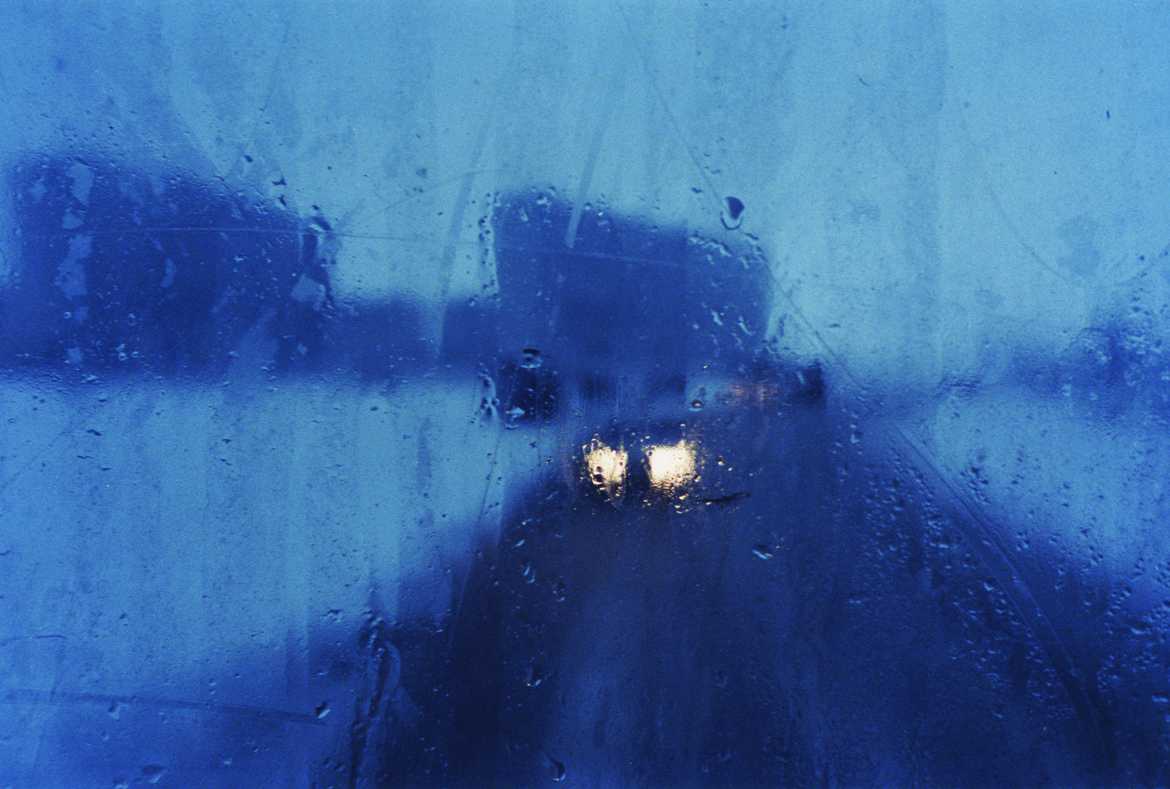
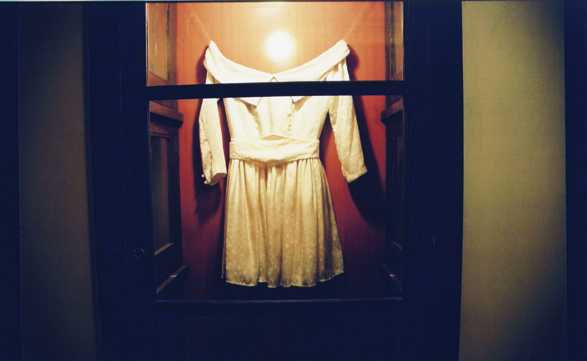
One of the specific features of the VŠVU is its teaching system and its interior structure, which gives the opportunity (and sometimes a duty) to take turn of the studios, not only within one department, but within the whole school. Thus the artist gathers experience in another medium (in photographers mainly at the Department of Painting). In this way in the 1990s Slovak photography the personalities coming from departments of other types of art appear. These young artists are distinguished by the fact that in their photographs they basically continue to treat the problems of their original medium. It comes out that in the old conflict between "artistic photographs" and "photographing artists" it was finally possible to link the "artistic" and the "conceptual".
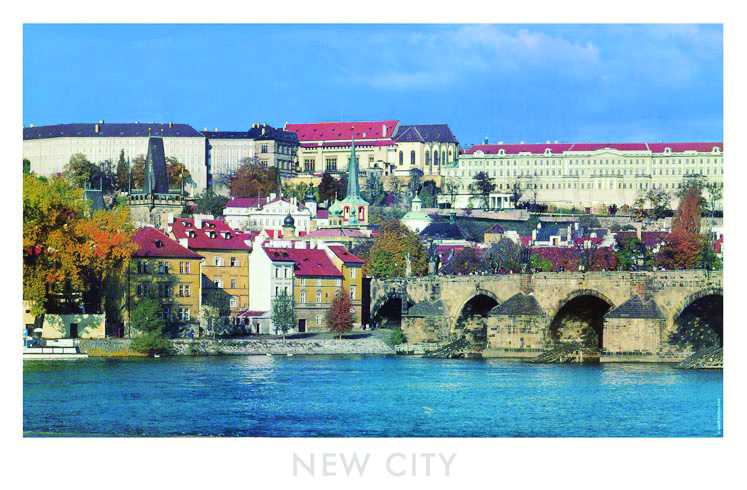
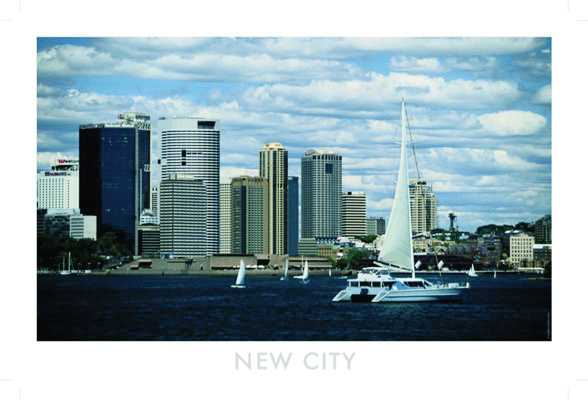
The joint project of the photographer Ingrid Patočková and the painter Galina Lišháková Place of crime I., II., 2001, is based on the fusion of two media, while the authorship remains unclear. On the walls of a deserted room they create, on the principle of illusion and optical illusion, furnished rooms, which they then photograph. The colour put on the walls unites the space - creates its own logic of three dimensions - and the photocamera unites this situation to a single angle of view, thus giving rise to a single interpretation. In this way the artists point out that neither in the painting nor in the photography any "truth" exists. Dorota Sadovská through a "strange" medium also deals with the issues of painting, that is deformations of the human body in unexpected perspectives on the ceiling, on the floor or in the corner. Her tiny "bodies", made by cutting out the "mirror-reflections" of photographs of interlinked fingers, palms and footsoles. This chain of "outgrowths, hypertrophies and metastases" runs on the circumferences and in the corners of the room and represents a parasite like the stucco ornament. On one hand, the artist in a sophisticated way examines the formal possibilities of the body and ignores the body's original (erotic) associations. The body thus becomes a sign, a letter in the alphabet of the sign language. On the other hand, the "pulsating" line of new formations evokes the image of insects, animality and expansion. Reality and its true image is questioned also by Marek Kvetan. His colour, digital manipulated photographs of the series New City, 2001 present to a viewer the landscapes of "new" world big cities, changed by deleting their traditional dominating features. In this way the author puts to the test "post card" tourist vision of the world with clear focus on historical monuments. On the one hand he reveals a marked loss of the attractiveness of the cities without a memorable "medium-like" point, on the other hand, however, he is trying, by the same medium means (e.g. post card series) to convince us about the existence of the non-existent.
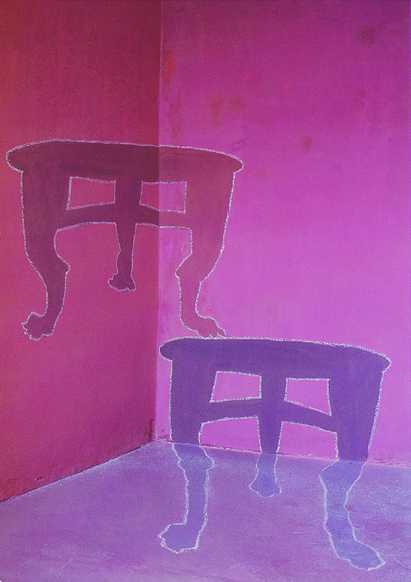
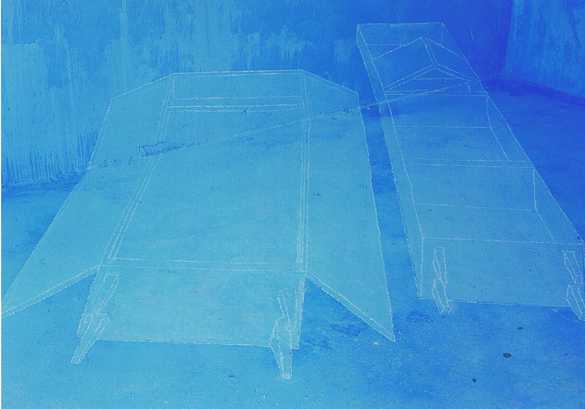
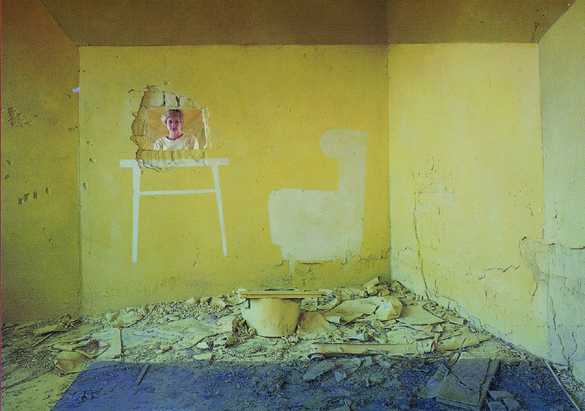
Playing with reliability and probability of the image of reality, be it the choice of a moment, the point of view, the plunge beneath the surface of subjective perception, or by a shift, one' s own commentary, transformation or completely new construction of reality may be the thing that interlinks such different displays of contemporary Slovak photography. It remains only to say that the binary head - non-head, body - non-body, city - non-city has pleasantly loosened and activated the categories of portrait, nude and document in the Slovak photography. •
Most above-given authors will be included in the survey of the contemporary Slovak photography in London and Dublin in October 2003, prepared within a larger project aiming at the visualization of Slovak culture Slovakia Goes Ahead.
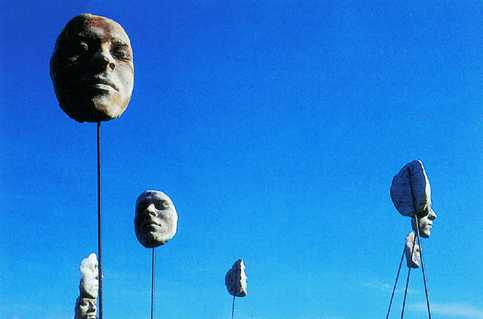
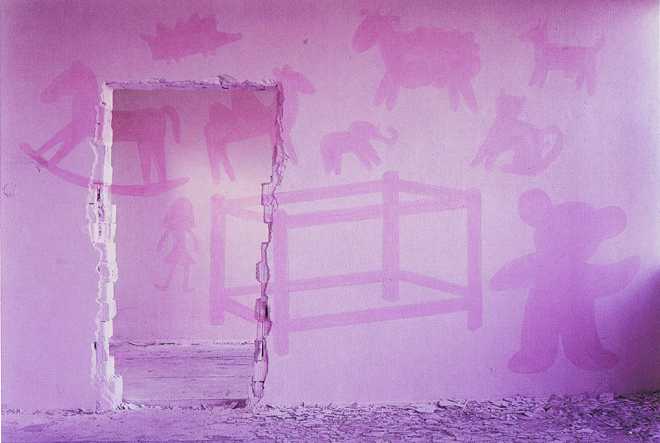
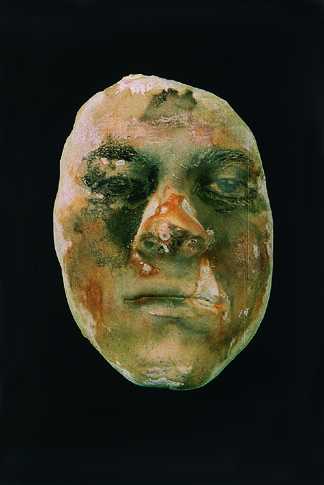
For further detailed information on Slovak photography of the 1980s and the 1990s see Lendelová L., Pospěch T., Rišlinková, H.: Czech and Slovak Photography of the 1980s and 1990s, Olomouc Museum of Art, 2002 published on the occasion of the exhibition of the same title.
Lucia Lendelová
